So, for this week’s blog post, we wanted to dig into some more dragons from the rest of Northern Africa. Koji found this amazing hybrid called Mami Wata. At first glance, this gorgeous creature seemed an interesting cross-over between merfolk and dragons, but upon further research, most of the information seemed to refer back to the mer aspect of Mami Wata, and the serpentine aspect seemed hard to track down.
With that in mind, we opted to classify Mami Wata in the category ‘merfolk and aquatic spirits’ rather than ‘dragons’. Of course, this category also has a spot on our wish list for future seasons, so we definitely plan to return to Mami Wata in the future.
Instead, I wanted to talk about yet another recurring motif we came across in last week’s podcast, and that’s the Ouroboros, the snake devouring its own tail.
My own personal connection to this icon began with the Never Ending Story, where it features on the cover of the book in a slightly alternate form: two snakes devouring one another’s tails. However, this motif, returns again and again within different cultures across the world, spanning millennia. While some variations occur, in which the snake takes the form of the lemniscate or infinity symbol, the most common form of the icon is a full circle.
Hinduism
In the mythsterhood, we’ve encountered the ouroboros in several places. In Hindu mythology, we find the symbolism of the ouroboros within the concept of kundalini. An excerpt from the Yogakundali Upanishad, a late Vedic Sanskrit text, reads as follows:
The divine power, Kundalini, shines like the stem of a young lotus; like a snake, coiled round upon herself she holds her tail in her mouth and lies resting half asleep at the base of the body.’
Yogakundali Upanishad
Another Vedic text, the Aitareya Brahmana, dating back to the early 1st millennium BCE, compares the nature of Vedic rituals to ‘a snake biting its own tail’.
But more contemporary texts also use similar imagery. Wolf-Dieter Storl mentions it in his book Shiva: The Wild God of Power and Ecstasy (2004).
When Shakti is united with Shiva, she is a radiant, gentle goddess but when she is separated from him, she turns into a terrible, destructive fury. She is the endless Ouroboros, the dragon biting its own tail, symbolizing the cycle of samsara.
Shiva: The Wild God of Power and Ecstasy by Wolf-Dieter Storl
Samsara itself refers to the reincarnation cycle, and as such, gives a clear indication of the symbolism attached to the ouroboros motif within Hinduism: it portrays the cyclical nature of Hindu spiritual life.
I found another serpent eating its tail in depictions of the cosmos as known within Hinduism. All of it is encircled by–you guessed it–an ouroboros. This serpent is supposedly called Asootee, but I couldn’t find actual mention of it outside the images I found.

Ancient Egypt
Our next encounter with the ouroboros was in the Nile Delta, where the ouroboros icon supposedly originated. From there, it migrated to Greece and found its way into Greek magical tradition, where it actually got its name (ouroboros stems from oura, meaning tail, and boros, or eating). From there, it was further adopted into Gnosticism, Hermeticism, and what would later become Medieval Alchemy. But let’s not get ahead of ourselves just yet.
The earliest documented appearance of the motif is in the Enigmatic Book of the Netherworld, a funerary text found in Tutankhamun’s tomb. It dates back to the 14th century BCE. The text details the actions of Ra in the underworld, and his union with Osiris taking place there. The ouroboros is depicted twice in the panel. Once, encircling the head and upper chest, and then again, surrounding the feet of a large figure believed to represent the unified Ra-Osiris. Both serpents symbolically represent the protective deity Mehen.

But the motif returns in other Egyptian sources as well, where, like many serpent deities, it represents the chaos that surrounds the orderly world of creation, and to which this ordered world will return in a periodic cycle of renewal.
Really, the ouroboros as such could be seen as a metaphor for how the ancient Egyptians viewed and experienced the passing of time in cycles. Their whole calendar and agricultural life revolved not only around the journey of the sun, but the regular flooding of the Nile, which, while a scary thing in itself, brought nourishment to their soil. This flooding in summer marked the beginning of their year, and a renewal and rebirth of the land. As late as the 4th century AD, Servius made this very observation, noting that to the Egyptians, the image of a snake biting its own tail represented the cyclical nature of the year.
Africa
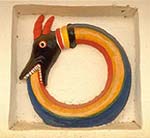
We found another Ouroboros motif in Ayida Wedo or Aido Hwedo. However, contrary to the Egyptian version, where the serpent symbolizes the cyclical nature of time, in the Fon culture, the serpent devouring its own tail stands not for a form of infinity and renewal, but for the finite nature of creation.
Ayida Wedo relies on iron as a food source, and requires vast quantities of it in order to sustain her massive bulk. At some point, she will run out and be forced to begin eating her own tail. When she has completely devoured herself, creation will fall back into the chaos it arose from.
In a way, this–for me at least–symbolizes the way in which we are cannibalising our own environment to sustain a way of life that is essentially not sustainable long-term. At some point, we too will run out of resources.
In a way, this–for me at least–symbolizes the way in which we are cannibalising our own environment to sustain a way of life that is essentially not sustainable long-term. At some point, we too will run out of resources.
Yet another example of how much mythology can still teach us today, if only we open our minds to it.
Onwards

We’ll come across the ouroboros again in future episodes. Jormungandr, in Norse mythology, is an example many of us are already familiar with. But Roman Mithraism is no stranger to the tail-devouring serpent either, and Quetzalcoatl is often depicted in the form of an ouroboros as well.
However, since we have yet to visit those regions, I will stick a pin in them for now and pick up the trail of the ouroboros where we left off after its transmutation from metaphorical depiction of time and its cycles, to an alchemical symbol.
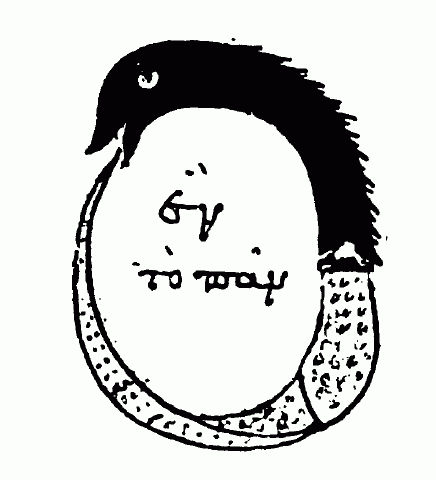
One well-known depiction of the icon comes from the Chrysopoeia of Cleopatra, an early alchemical text. While the manuscript probably dates back to third century Alexandria, the earliest copy available at this point was actually transcribed in the tenth century. It features a snake devouring its own tail which surrounds the words hen to pan–the All is one. The upper half of the snake–including the head–is black, while the other half is white. This could represent a cosmological duality quite similar to the Taoist yin-yang concept.
It is one of the oldest images that can be found in reference to the legendary formula alchemists pursued, the philosopher’s stone.
While searching for more information on the significance of the icon within alchemical traditions, I came across a mixed media depiction of the serpent by Dalí from 1976, which really set me thinking about the different meanings of the symbol and how we relate to it in our contemporary worldview. I’m not going to delve into analyses of it, but would advise you to take a deeper look at the piece without my own view influencing your experience. But wow.
The technique alone, combining drypoint, litography, silkscreen, and collage on parchment. Phew. I will be returning to this piece of art to savour it a few times at least.
But let’s at least try to stay on track here. To the gnostics and alchemists, the ouroboros symbolises the unity of literally everything, both material and spiritual. Nothing ever disappears but it perpetually changes and evolves in a cycle of destruction and recreation, which reminds me of the first lesson a physics teacher ever taught me. It was about the Laws of Matter and Energy. Neither matter nor energy ever appear or disappear. They may change form, but the total amounts of matter and energy in the universe remain constant.
Contemporary References
However, physics is not the only field in which this concept survived–albeit in a transmuted form.
Jungian psychology
Carl Jung, a Swiss psychiatrist who’s work laid the foundations for analytical psychology, considered the ouroboros to be both an archetype and the basic mandala of alchemy. He also digs deeper into the meaning of the ouroboros within alchemy.
The Ouroboros has been said to have a meaning of infinity or wholeness. In the age-old image of the Ouroboros lies the thought of devouring oneself and turning oneself into a circulatory process, for it was clear to the more astute alchemists that the prima materia of the art was man himself.
In a way, the art of alchemy, according to Jung (and I tend to agree with him) was not focused on the transmutation of matter itself. The whole turning-lead-to-gold thing was more of a metaphor for the evolution a person undergoes by confronting one’s shadow and assimilating the aspects of the self that lie hidden within the subconscious, thus transmuting the spiritual self to a higher level. Lead to gold.
This also brings a new meaning and interpretation to the dualistic nature of the chrisopoetic ouroboros, with its black head and white tail. The black part is our ego. The conscious self, eating or assimilating the subconscious, the white-coloured tail.
Organic chemistry
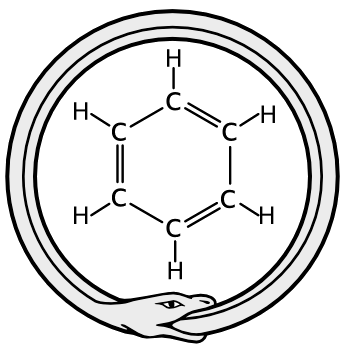
The Ouroboros inspired August Kekulé, an organic chemist from Germany, in his quest after the atomic structure of benzene. According to personal accounts of his, it was the form of the Ouroboros, biting its own tail, that made it possible for him to form the hypothesis that would later be known as his Benzene Theory.
Kekulé described himself as a visual thinker. He attributed it to his studies of architecture. It left him needing a sensory representation of concepts before being able to fully grasp them. In this case, it was the image of the Ouroboros that gave him the eureka moment he needed.
Astrology and Astrophysics
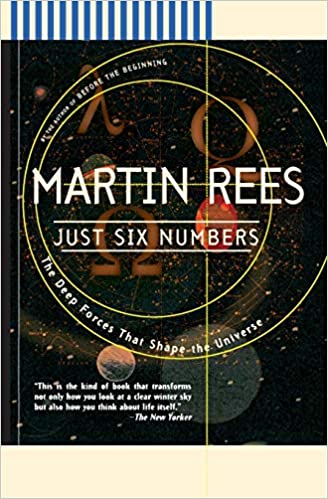
Martin Rees, a British cosmologist and astrophysicist and holder of the title Astronomer Royal since 1995, among other honorifics, uses the Ouroboros to illustrate the different scales of the universe, from the subatomic level at the tail, to the supragalactic at the head. In Just Six Numbers (London 1999), he emphasizes how the head (cosmos) biting the tail (microcosmos) symbolizes the links between these two levels.
Biology
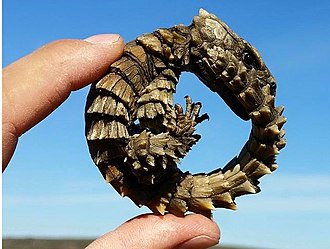
Did you know there’s even a species named after the Ouroboros? Ouroborus cataphractus, also known as the armadillo girdled lizard, armadillo lizard, the Golden-armadillo lizard or the armadillo spiny-tailed lizard is a species endemic to desert areas along the western coast of South Africa. It used to be included in the genus Cordylus but was moved to its own unique genus in 2011 based on analysis of genetic hereditary molecular differences.
But where did the decision to name the lizard after the Ouroboros originate?
Well, the C. cataphractus has a very special way of dealing with predators. When threatened, it takes its tail in its mouth and rolls into a ball. This posture makes optimal use of the thick, scales along its back and the spines on its tail, giving very little purchase to the claws or teeth of bigger animals in search of a snack.
Cybernetics
You can’t technically classify cybernetics as a scientific discipline. It is a holistic approach to research and problem solving that combines multiple scientific disciplines. The core concept at play is a feedback loop, in which the outcomes of actions are incorporated as input informing further action.
We can encounter this approach within biological, cognitive, technological, environmental, and social systems; and in the context of design as well as management and research.
The origin of cybernetics is often ascribed to the Macy Conferences, meetings of scholars from a variety of disciplines, starting in 1941 and ending in 1960.
Since then, the application of cybernetics has broadened even more, and can now be found in domains such as design, family therapy, management and organization, pedagogy, sociology, and the creative arts.
The snake eating its tail is a widely accepted metaphor for the feedback loop that defines the principles of cybernetics, with the head (action) eating or incorporating feedback from previous results (the tail).
Wow
So, going into this article, I was prepared to find historical references to the ouroboros in mythology, even to the alchemical tradition. The references to it in modern day science, I certainly did not see coming whatsoever. But you all know we love a good rabbit hole when we can find one, and this certainly qualified.
Which one surprised you the most? Are there Ouroboros references you had encountered already?
Do let us know. In the meantime, we will see you again next week, when we dive deeper into the more Southern part of Africa in search of more dragons.
Sources
- The ancient symbol that spanned millennia
- Wikipedia on Yoga-Kundalini Upanishad
- Wikipedia on Ouroboros
- Wikipedia on Martin Rees
- Wikipedia on Molecular phylogenetics
- Wikipedia on Cybernetics
- Just Six Numbers, Rees, Martin, 1999
- Shiva: The Wild God of Power and Ecstasy, Storl, Wolf-Dieter, 2004
- Willamette Universit Academic Commons, Salvador Dalí, Alchimie des Philosophes, Ouroboros.
- Brittanica on the Ouroboros
- Kekulé’s Dreams
- Everything Explained Today: Armadillo Girdled Lizard
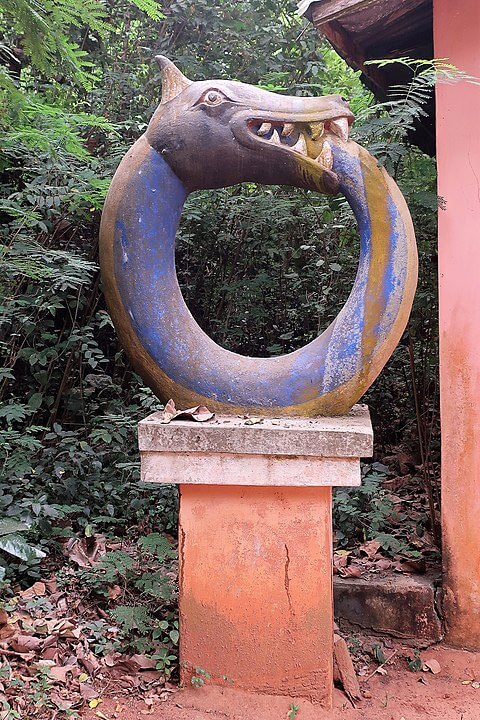
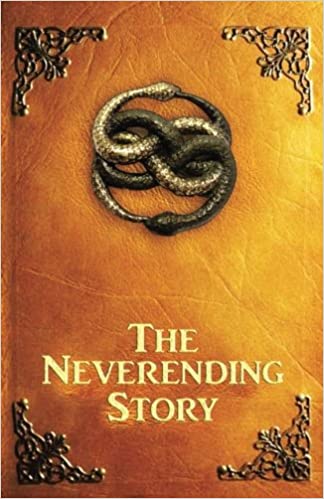


Be First to Comment